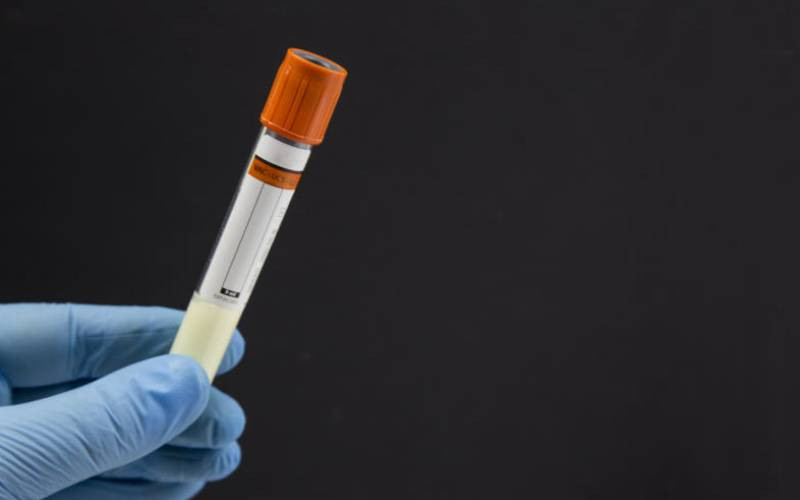
Every expectant woman attending routine antenatal clinic should be informed by an experienced gynaecologist of the presentation of their foetus in their 36th week of pregnancy. Usually, the foetus’ head faces downwards (vertex position) in readiness for a vaginal birth.
However, in about three to four per cent of pregnancies, the opposite happens with the baby’s feet, or buttocks positioned at the birth canal. This is known as breech presentation and poses a risk to both mother and child at delivery.
Explaining breech presentation, Dr Joseph Musana, a gynaecologist at the Aga Khan University Hospital, who regularly deals with difficult pregnancies said, “Under normal circumstances, foetuses turn to the vertex position as early as 28 weeks with most rotating by the 36th week. In other cases, the baby ‘swims’ to the right approach late in pregnancy before labour,” says the doctor.
The presentation of a baby is detected by palpation, whereby the doctor and a midwife feel the position of the head using their hands. A confirmation of the position of a foetus is done by ultrasound.
He adds, “On detection that a baby is in breech position, the doctor may advise the expectant woman to visit the doctor in a week, or two for a repeat examination. If there is no change in foetal position at 38 weeks, the mother will be advised to opt for a scheduled caesarean section surgery as the safest method of delivery.”
Dr Musana says only five to eight per cent of women whose foetuses are in breech presentation turn in late pregnancy, or before labour starts.
Although a C-section delivery is the best option in this case, some women resist the cut and insist on giving birth naturally. In such cases, the doctor may suggest that the expectant mother has an external cephalic version (ECV), also known as a version, to help the baby turn before her due date.
"ECV is the controlled careful turning of a foetus from a breech position, or side-lying (transverse) into a head-down position before labour begins. When successful, the version makes it possible for a vaginal birth,” he says. This must, however, be done by an obstetrician who is well versed with ECV at a well equipped maternity ward with a team comprising a paediatrician, anaesthetist and midwife.
“This is important because the chance to conduct a version can be lost if labour speeds up, the amniotic sac ruptures or other complications such as bleeding occur. In this case, an emergency, also referred to as difficult C-section surgery is carried out. The operation is termed difficult because the baby has to be cautiously delivered from an incision starting with different parts of the foetus’ body as opposed to the head,” says Dr Musana.
The dangers of breech births are numerous, including taking a longer time, exerting too much strain on the pelvis and injury to the birth canal, which can lead to severe bleeding and painful urination. The greater threat is on the baby who can be distressed as a result of deprivation of oxygen leading to brain damage or cerebral palsy. An injury can also occur to any of their tiny limbs.
 The Standard Group Plc is a multi-media organization with investments in media
platforms spanning newspaper print
operations, television, radio broadcasting, digital and online services. The
Standard Group is recognized as a
leading multi-media house in Kenya with a key influence in matters of national
and international interest.
The Standard Group Plc is a multi-media organization with investments in media
platforms spanning newspaper print
operations, television, radio broadcasting, digital and online services. The
Standard Group is recognized as a
leading multi-media house in Kenya with a key influence in matters of national
and international interest.










